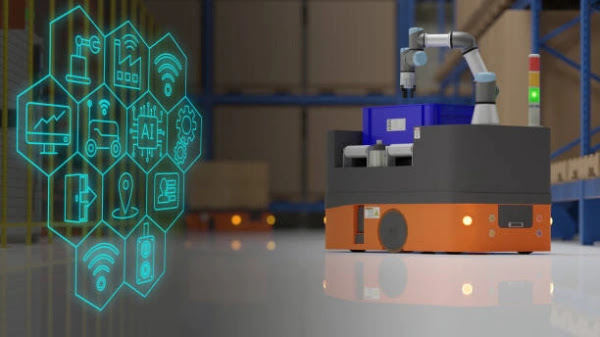Featured
- Get link
- X
- Other Apps
Impact of Smart Cities
Urban Development
Introduction
In an era where technology permeates every aspect of our
lives, the concept of smart cities has emerged as a promising solution to the
myriad challenges faced by urban areas. Smart cities leverage cutting-edge technologies to enhance efficiency, sustainability, and quality of life for
their residents. This essay explores the multifaceted impact of smart cities on
urban development, analyzing how these initiatives revolutionize
infrastructure, transportation, governance, and sustainability.
- Infrastructure
Transformation: One of the primary impacts of smart cities is the
transformation of urban infrastructure. Through the integration of
Internet of Things (IoT) devices, sensors, and advanced data analytics,
cities can optimize resource allocation, monitor infrastructure health,
and improve maintenance processes. For instance, smart grids enable
efficient energy distribution, reducing wastage and promoting renewable
energy adoption. Similarly, intelligent water management systems can
detect leaks in real-time, conserving water and minimizing losses.
Moreover, smart infrastructure enhances the resilience of
cities against various hazards, including natural disasters and pandemics.
Advanced monitoring systems can provide early warnings for events such as
floods, earthquakes, or disease outbreaks, enabling proactive responses and
minimizing damage. By investing in resilient infrastructure, smart cities
mitigate risks and ensure the safety and well-being of their residents.
- Transportation
Revolution: Smart cities are revolutionizing transportation systems,
offering innovative solutions to alleviate traffic congestion, reduce
emissions, and enhance mobility. The proliferation of electric vehicles
(EVs), coupled with the development of autonomous driving technologies,
promises to transform urban mobility. Ride-sharing platforms and on-demand
transportation services optimize vehicle utilization, reducing the need
for private car ownership and alleviating urban congestion.
Furthermore, smart transportation systems leverage data
analytics and real-time monitoring to optimize traffic flow and enhance safety.
Intelligent traffic management systems adjust signal timings dynamically based
on traffic conditions, minimizing delays and improving efficiency. Additionally,
integrated multimodal transportation networks provide seamless connectivity
between different modes of transportation, offering commuters more sustainable
and convenient options.
- Governance
and Citizen Engagement: Smart cities leverage technology to enhance
governance practices and promote citizen engagement. Through digital
platforms and mobile applications, residents can access government
services, participate in decision-making processes, and report issues in
real-time. E-governance initiatives streamline administrative procedures,
reducing bureaucracy and enhancing transparency.
Moreover, data-driven governance enables evidence-based
policymaking and urban planning. By analyzing vast amounts of data collected
from various sources, including IoT sensors, social media, and mobile devices,
city authorities gain insights into urban dynamics, enabling them to make
informed decisions and address emerging challenges effectively. Additionally,
citizen feedback mechanisms empower residents to voice their opinions,
contributing to more responsive and inclusive governance.
- Sustainability
and Environmental Impact: Perhaps one of the most significant impacts of
smart cities is their contribution to sustainability and environmental
preservation. By integrating renewable energy sources, implementing
energy-efficient technologies, and promoting eco-friendly practices, smart
cities reduce carbon emissions and mitigate climate change. For example,
smart buildings equipped with energy management systems optimize heating,
cooling, and lighting, reducing energy consumption and operating costs.
Furthermore, smart waste management systems optimize waste
collection routes, monitor landfill levels, and promote recycling, minimizing
environmental pollution and resource depletion. Additionally, green spaces,
urban forests, and sustainable landscaping initiatives enhance the ecological
resilience of cities, mitigating the urban heat island effect and improving air
quality.
Conclusion
In conclusion, smart cities represent a paradigm shift in
urban development, harnessing the power of technology to address complex
challenges and create more livable, sustainable, and resilient urban
environments. From infrastructure transformation to transportation revolution,
governance innovation, and sustainability initiatives, the impact of smart
cities is profound and far-reaching. As cities continue to evolve and embrace
smart technologies, they hold the promise of a brighter, more prosperous future
for urban dwellers around the world.
- Get link
- X
- Other Apps


